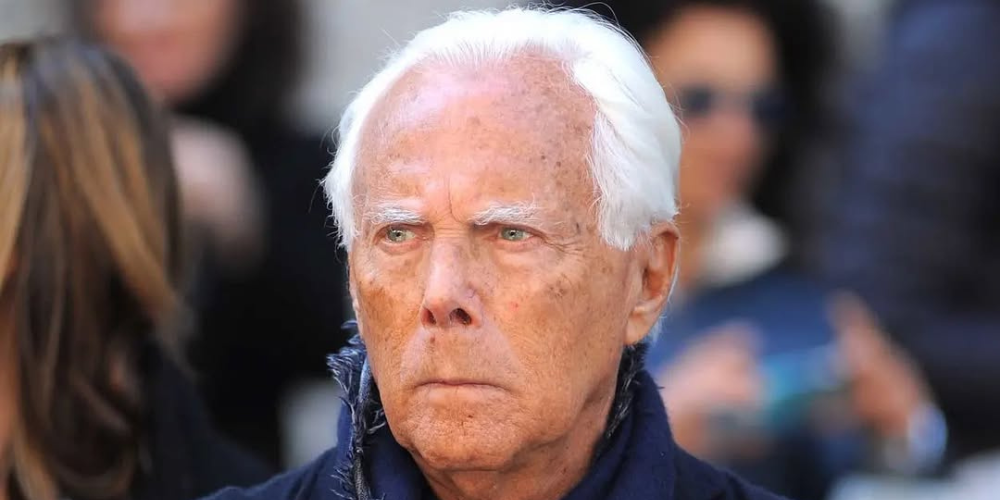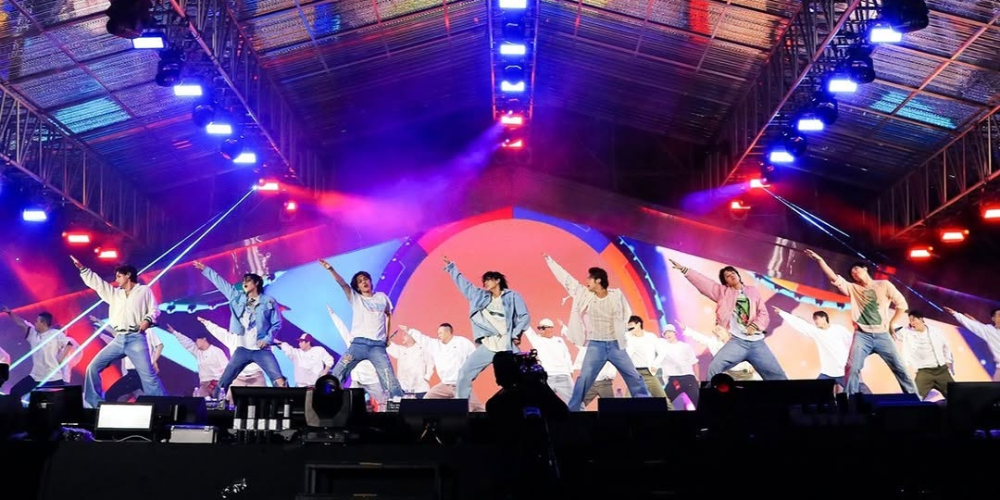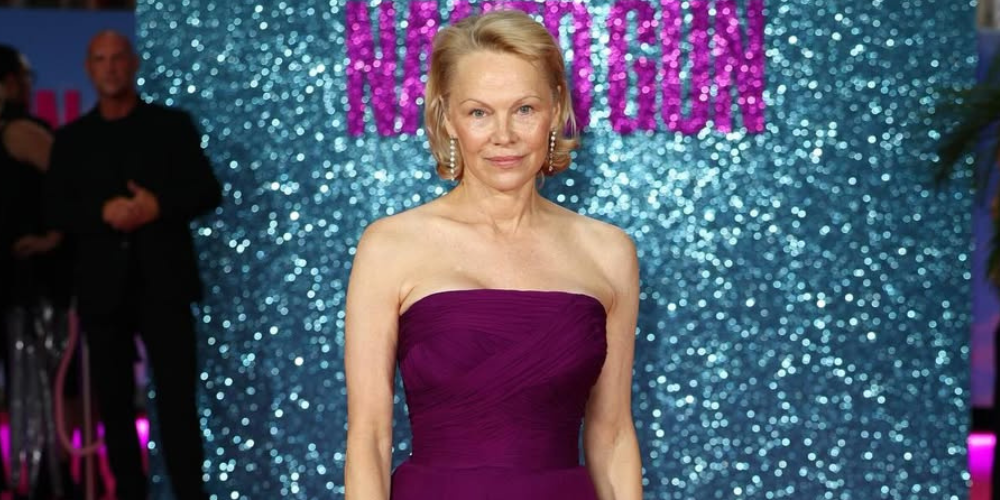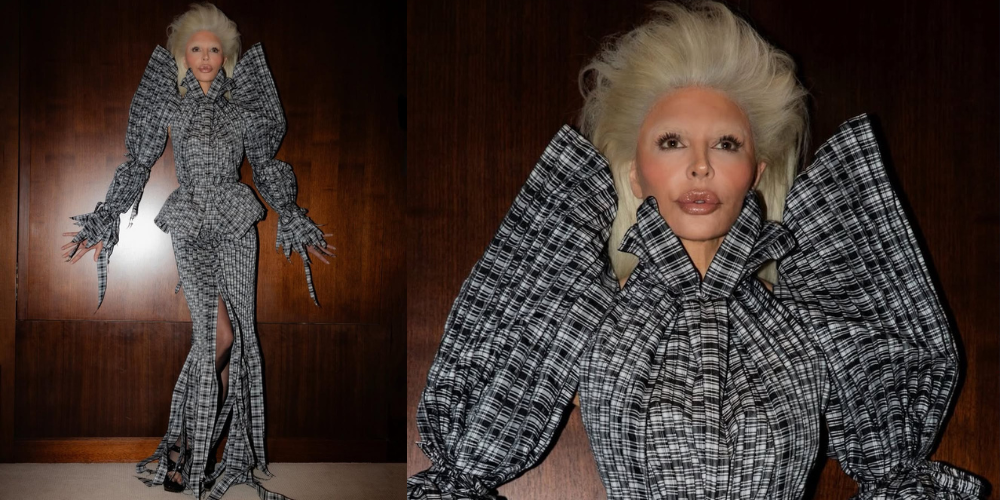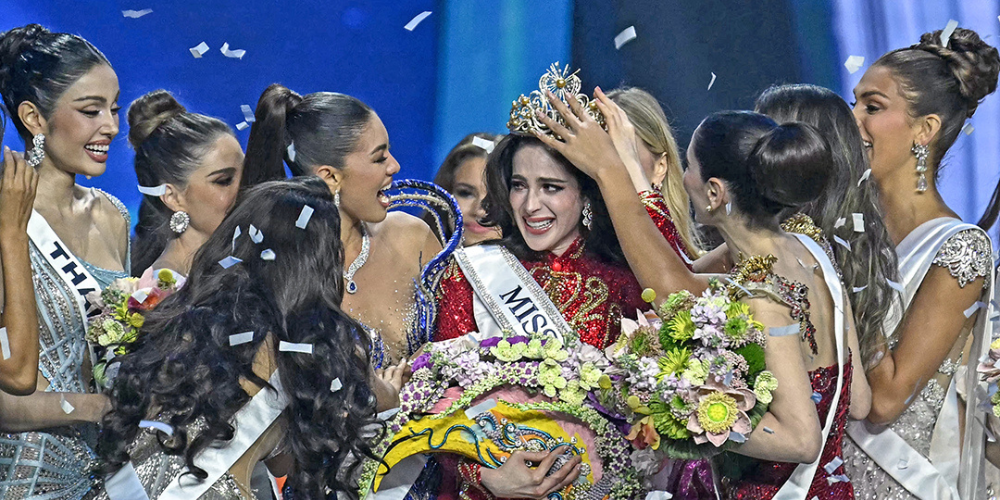When Giorgio Armani died at 91, the reaction was immediate and wide-ranging. Designers, actors, editors, and political leaders reached for words to describe a man who rarely wasted any himself. Armani had long been the most private of fashion titans, yet his influence seeped into every corner of culture—from the way actors walked into the Oscars to how Milan became shorthand for modern luxury. His death marked more than the end of a life—it closed a chapter in fashion history when a single designer’s eye could tilt the direction of global style.
Tributes From Fashion Luminaries
The voices that rose in tribute revealed not scripted reverence but genuine closeness. Donatella Versace, whose instincts lean toward extravagance, admitted it was a “monumental loss,” emphasizing how Armani managed to rewrite the language of elegance in hushed tones. Miuccia Prada and Patrizio Bertelli remembered him as both uncompromising and original, someone who never played to the crowd but still reshaped it. Raf Simons captured what many felt but few articulated: Armani made understatement magnetic, a feat rare in a profession addicted to drama.
Even rivals seemed disarmed. Renzo Rosso of Diesel, known for brashness, called him “a true icon,” and Ermenegildo Zegna noted how Armani turned Italian menswear into a global shorthand for refinement. These weren’t hollow tributes; they came from people who had built empires of their own and still looked up.
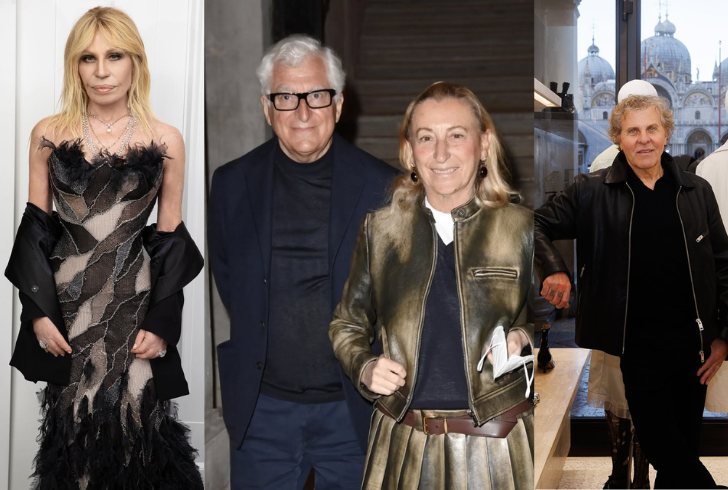
Instagram | @donatella_versace | @quiencom | @renzorosso | Armani’s revolution was not loud. It was in the drape of a jacket, the weight of fabric, the discipline of saying no to excess.
Recognition From Italian Leadership
Fashion is not a subject most politicians handle gracefully, yet in Armani’s case, Italy’s leaders rose to the moment. Prime Minister Giorgia Meloni praised him as “a tireless worker,” presenting his discipline as a quality all Italians could claim. President Sergio Mattarella reached higher, describing Armani as “a symbol of Italian genius,” and situating him in the same tradition as the nation’s artists and architects who defined entire eras.
Carlo Capasa of the National Chamber for Italian Fashion took a more technical view, reminding people that Armani wasn’t only a designer but a strategist. His backing of Milan Fashion Week—decades before it became a must-stop for editors and buyers—cemented Italy’s position on the fashion calendar. That kind of civic contribution tends to be overlooked when obituaries talk only about clothes.
Memories From Celebrities and Collaborators
For actors, Armani was often their first serious suit. Julia Roberts called him a “true friend,” but the more telling part was her photograph—him leaning in, listening, as if he had all the time in the world. Leonardo DiCaprio recalled being stunned not just by the tailoring but by the intelligence behind it. Russell Crowe admitted half his most important life moments were lived inside Armani jackets.
The grief among supermodels was layered with gratitude; many had first been chosen by him. Naomi Campbell reflected on his meticulous standards, crediting him with teaching her the discipline behind true elegance. Cindy Crawford said the loss left her heartbroken, pointing out that his garments never tried to eclipse the woman, only to frame her. That perspective—that subtlety could carry power—was the legacy he offered to women on runways and film sets alike.
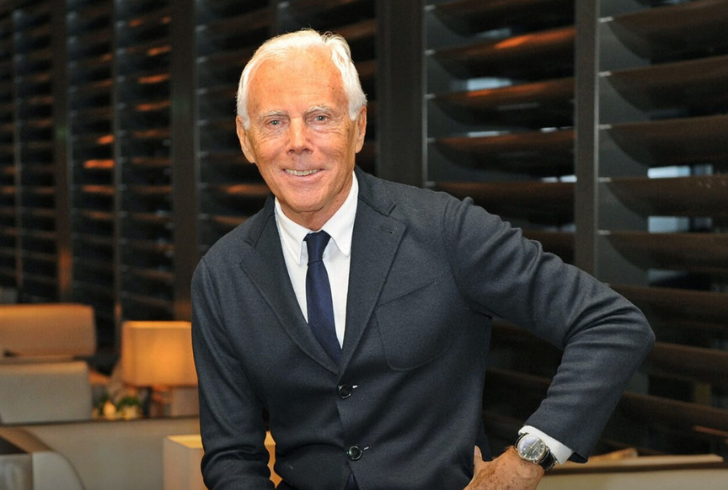
Instagram | @explain | Armani’s clothes weren’t costumes for celebrities; they became part of their personal histories, stitched into weddings, premieres, and awards nights.
Armani’s Philosophy and Lasting Influence
Armani liked to describe himself as “obsessed with lightness.” That wasn’t just about fabric weight but about stripping away the unnecessary. The unstructured jacket he introduced in the 1980s didn’t just liberate men from stiff tailoring; it changed how Hollywood dressed its leading men. Think Richard Gere in American Gigolo: sex appeal through restraint, not excess.
Unlike so many in his generation, Armani resisted the sell-off. By keeping majority control, he insulated his company from the constant grind of financial markets. His empire grew outward—to hotels, homewares, even chocolates—but the central idea was untouched: simplicity as the highest form of luxury. Every designer knows it’s the paradox of the craft—that simplicity is the hardest standard to meet.
Honoring the Maestro’s Final Wishes
His death in Milan was followed by a camera ardente at Armani/Teatro, the theater he built for his shows, an almost poetic circle. Crowds of fans filed through, many dressed in quiet shades of navy and grey—his palette, unprompted but fitting. The private funeral, as he wished, underscored how much he valued discretion even at the end.
The Armani Group has pledged to keep his values intact, guided by longtime associates and family members. Successor debates will continue, but his imprint is so embedded in the brand’s DNA that any future move will still echo him. Armani didn’t just design garments; he designed a code of living that outlasts seasonal trends.

